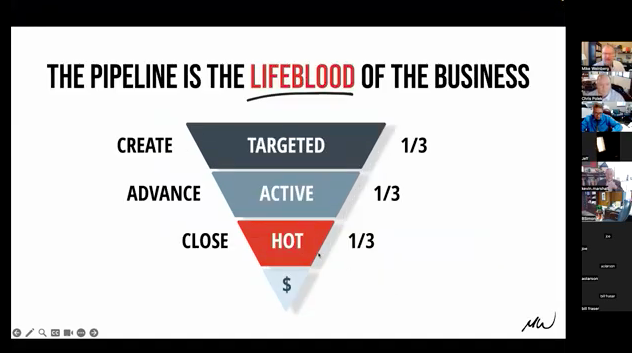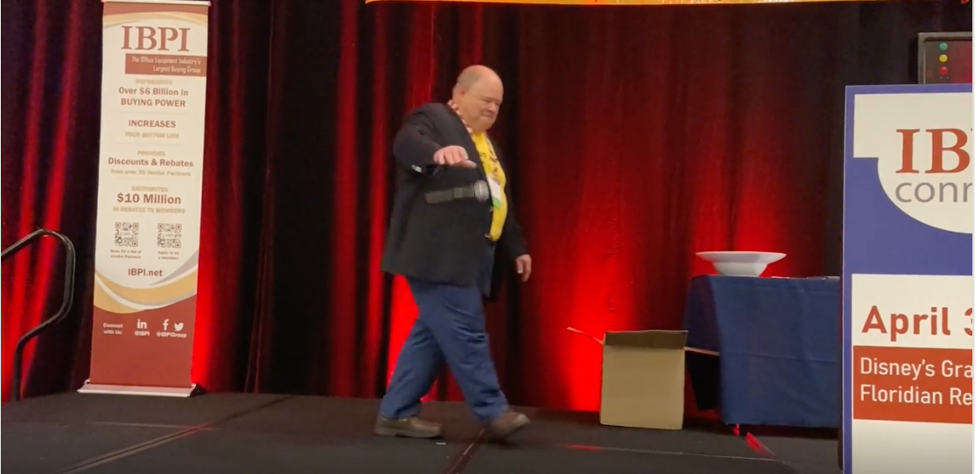
By Chris Polek – I recently read David McCullough’s bestselling book The Wright Brothers. We all know of the intense effort the Wrights put into building a machine that could fly. Once that was accomplished, Wilbur and Orville had to also focus on the business side to sell their ground breaking invention.
After spending most of 1904 perfecting their second flyer, the Wrights were ready to get the word out. The way they chose to do this was through an entrepreneur named Amos Root who made his fortune in bee keeping. He was known as the Bee Man. Amos Root had heard of the Wright’s invention, and he had written to them that he wanted to visit and witness first hand their flights, and he promised not to undertake borrowing any of their ideas. They let Amos Root tell his eyewitness account in his trade journal: Gleanings in Bee Culture (why the Wrights decided this avenue was never explained).
Click here to visit Polek & Polek’s Website
The American Press and US Government really didn’t seem to take the word of Amos Root, or the word of any other witnesses of the Wright’s flights. Just the opposite was happening on the other side of the Atlantic. A British Army officer appeared in Dayton Ohio, and after meeting with the Wrights he invited them to submit a proposal for sale of their Flyer II to the British Government. The Wrights were not ready to do that.
Through their entire journey to this point in aviation, the Wrights turned to their trusted advisor, a famous civil engineer from Chicago named Octave Chanute. Wilbur explained to Chanute that they were not quite sure what to do with their “baby”, and further that as patriotic Americans they would be ashamed to offer it to a foreign government without their own country having a first chance. When the New Year started in 1905, Wilbur called upon their newly elected local congressman, Robert Nevin, to explain the situation. Nevin suggested that Wilbur write a proposal for Secretary of War (and eventually future President) William Howard Taft.
The letter dated January 18th, and signed by both Wilbur and Orville stated that their efforts of the past five years had produced a flying machine that “not only flies through the air at high speed, but it also lands without being wrecked” During 1904 they had made 105 flights. They had flown in straight lines, circles, over S-shaped courses, in calms and great winds, and brought flying to the point where it could be of great practical use in various ways, “one of which is that of scouting and carrying messages in time of war.” Nevin forwarded this letter to the War Department, and Nevin received a standard formal rejection letter dated January 26th.
Wilbur wrote to Octave Chanute about the turn down from the War Department:
“We have taken pains to see that ‘Opportunity’ gave a good clear knock on the War Department door. It has for years been our business practice to sell to those who wished to buy, instead of trying to force goods upon people who did not want them. If the American Government has decided to spend no more money on flying machines till their practical use has been demonstrated in actual service abroad, we are sorry, but we cannot reasonably object. They are the judges.”
More than 100 years ago, the Wrights were pretty savvy sales people. They clearly understood that people don’t like to be sold; they like to buy. The American Government wasn’t interested in buying, and the Wrights knew they would be wasting a lot of energy trying to force their invention on the American Government, even though they would have liked to have seen America as the first buyer. So negotiations with Great Britain began, and the Wrights began work on Flyer III.
More articles were written that year about the Wrights accomplishments, and now the French were starting to make inquiries. Octave Chanute had suggested that the Wrights try one more time to get interest from the American Government. The Wrights said in their October 9th letter to the U.S. Government that their earlier proposal appeared to have been given “scant consideration”. “We do not wish to take this invention abroad, unless we find it necessary to do so, and therefore write again, renewing the offer.”
The Wrights were rejected again. The only difference is they were told before any consideration of their machine, they must provide “such drawings and descriptions…as are necessary to enable construction.” The Wrights certainly could not agree to this. When the Wrights reported the results of their recent offer to the War Department to Octave Chanute, Chanute concluded, “Those fellows are a bunch of asses.”
You know those times when you try to help a customer by doing business with you, yet they feel entitled to ask for unreasonable concessions on your behalf because you should be privileged to do business with them? The Wrights were going through a similar situation with the American Government. They badly wanted America to benefit from an American invention, and they were not going to do it at the expense of a horrible business deal.
On December 30, 1905, Wilbur and Orville signed a contract with a French Syndicate that would purchase a Wright Flyer as a gift for the French Government for $200,000. Today that would be in the vicinity of $5.4 million!
Things sure have changed in aviation in the last 100+ years. They have not changed much in sales: people want to buy; they don’t want to be sold.
*Quotations are from David McCullough’s book The Wright Brothers.
Would you like to add more profit without spending more money on marketing and sales? Who wouldn’t? We’ll help you get started! Call to get your FREE TONER today!


